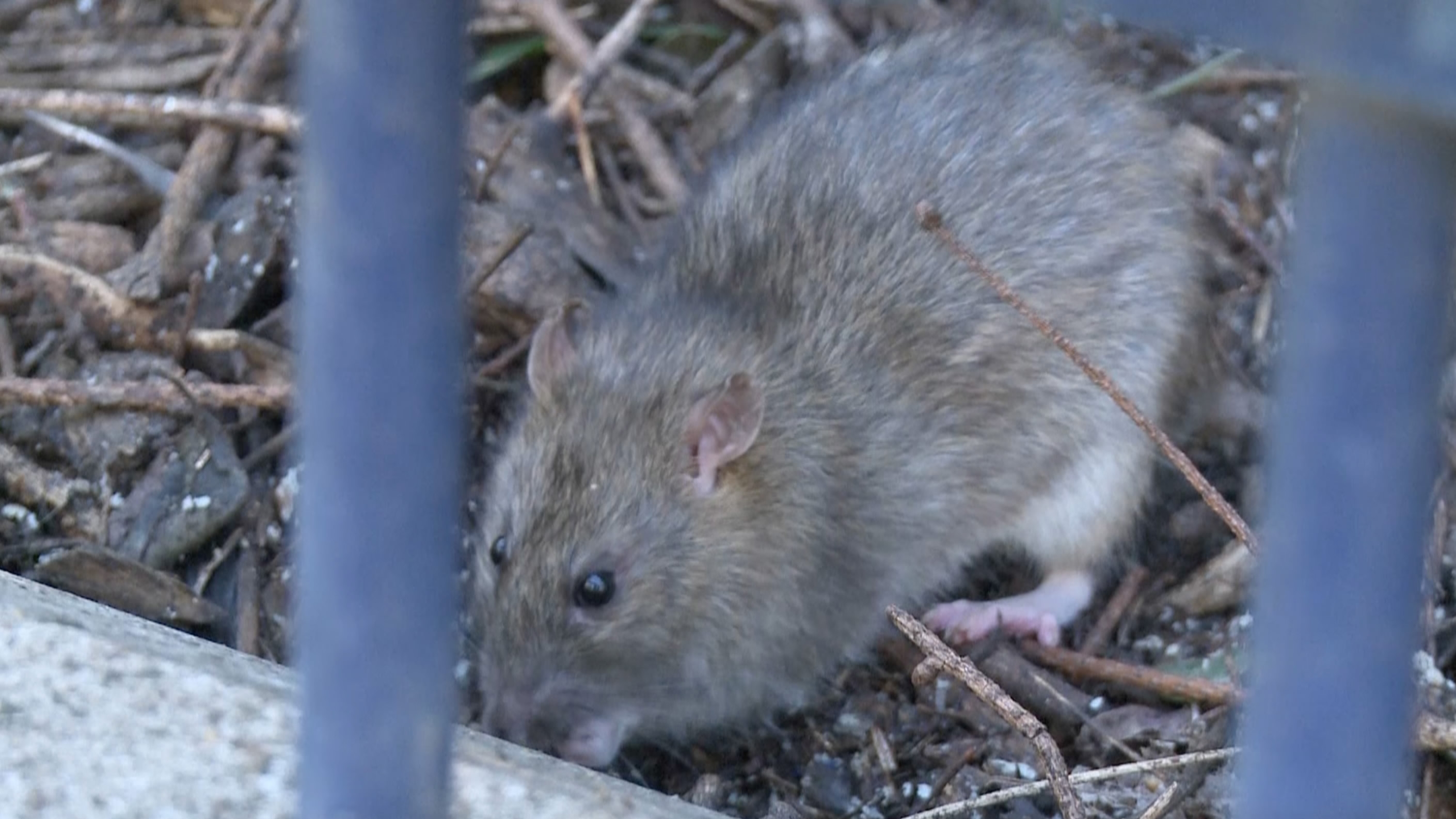
Animal
22:38, 17-Feb-2018
Paris plans clean-up to control rat population
By Paul Barber

Some of the worst floods in a century have sent the rat population of Paris scuttling onto the French capital’s streets. Now the mayor’s office is planning to boost a sanitation and extermination campaign and is urging citizens of the "city of light" to keep trash to a minimum to deter the disease-carrying rodents. But not everyone thinks they’re such a bad thing.
Some other visitors many consider vermin recently joined tourists outside the famous Notre Dame Cathedral in Paris. Dozens of rats were filmed by a passerby as they darted across the square and into bushes outside the historic landmark.
With the river Seine reaching its highest level in a decade, rats have become a frequent sight on the French capital’s streets, as they evacuate their subterranean nests.
“Yeah we’ve seen a lot of rats recently, I think it’s due to the rising water levels of the Seine. But I don’t know really, we live close to a big cemetery and there are a lot of rats there actually,” said a Swedish resident of Paris.
“Someone described to me seeing rats in the middle of the Place de la Concorde, crossing the street at one o’clock in the morning,” said a local.
“If I saw a rat I’d think ‘oh there’s a rat,' we’re in Paris – there’s Ratatouille,” a tourist from the US state of Utah said, referring to the cuddle hero of a hit movie.

A poster for the 2007 movie "Ratatouille" /VCG Photo
A poster for the 2007 movie "Ratatouille" /VCG Photo
"Remy", the star of that Pixar animation, was a Parisian rate with a flair for cooking and a keen sense of smell.
But his real-life cousins can carry dangerous viruses and could dent the image of the world’s most visited city. Paris recently launched an eradication program laying more traps in public spaces-but with only moderate success. And excess garbage outside the city’s restaurants is a persistent problem.
Paris has around 30,000 trash cans with transparent plastic liners, which may help to avert terror attacks by making it harder to plant bombs, but they’re also much easier for rats to get into. Part of the 1.6-million-US-dollar campaign announced last year by city hall to reduce Paris’ rodents, includes a plan to cover the bins in plexiglass.
Stephane Bras, a spokesman for the CS3D national pest control association, welcomes the move and says rats do need to be contained – but that they still play an important role in the ecosystem. “They’ve been our neighbors for centuries and centuries,” he said.
“Rats are very useful for sewage, underground. They are useful because they eat a lot of rubbish. And if they are not there, it could be another issue. So the national organization of professionals and experts I represent, we don’t wish eradication of rats, but control of the population.”
The mayor has announced further efforts to clean up the city’s streets and with river levels receding, the resident rodents could soon be back where they belong. But even if they are not, most tourists CGTN spoke with weren’t deterred, and are still interested in Paris’ unique food, architecture and culture.
“Every city has its problems and it doesn’t make Paris a less attractive city,” said one young visitor from near Shanghai. "It’s really nice to be here.”

SITEMAP
Copyright © 2018 CGTN. Beijing ICP prepared NO.16065310-3
Copyright © 2018 CGTN. Beijing ICP prepared NO.16065310-3